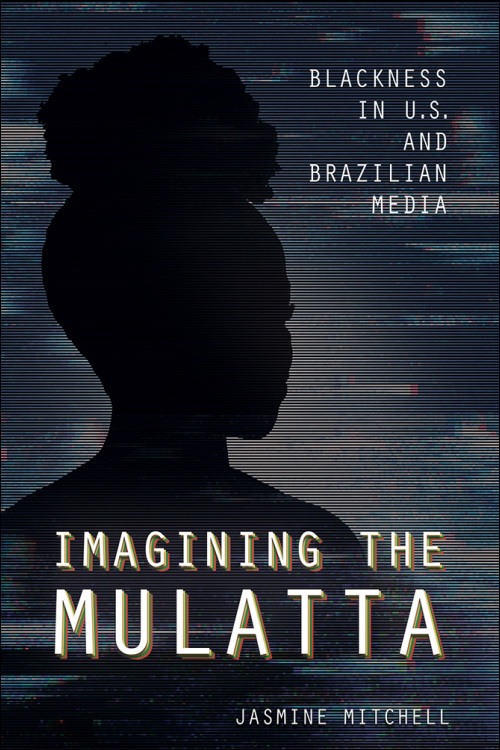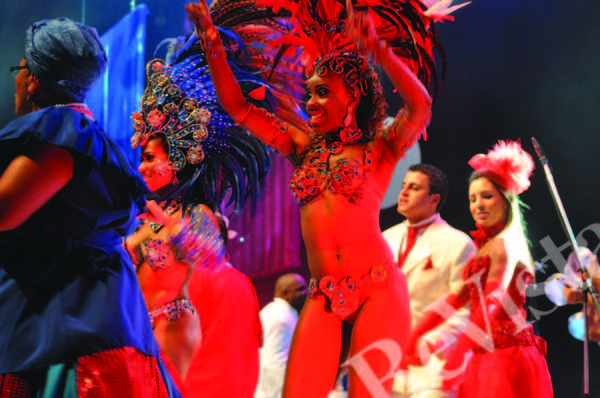Imagining the Mulatta: Blackness in U.S. and Brazilian MediaPosted in Books, Brazil, Caribbean/Latin America, Communications/Media Studies, Media Archive, Monographs, United States, Women on 2020-05-26 20:26Z by Steven |
Imagining the Mulatta: Blackness in U.S. and Brazilian Media
University of Illinois Press
May 2020
288 pages
9 color photographs
6 x 9 in.
Cloth ISBN: 978-0-252-04328-4
Paper ISBN: 978-0-252-08520-8
Jasmine Mitchell, Assistant Professor of American Studies and Media Studies
State University of New York, Old Westbury
Mixed-race women and popular culture in Brazil and the United States
Brazil markets itself as a racially mixed utopia. The United States prefers the term melting pot. Both nations have long used the image of the mulatta to push skewed cultural narratives. Highlighting the prevalence of mixed race women of African and European descent, the two countries claim to have perfected racial representation—all the while ignoring the racialization, hypersexualization, and white supremacy that the mulatta narrative creates.
Jasmine Mitchell investigates the development and exploitation of the mulatta figure in Brazilian and U.S. popular culture. Drawing on a wide range of case studies, she analyzes policy debates and reveals the use of mixed-Black female celebrities as subjects of racial and gendered discussions. Mitchell also unveils the ways the media moralizes about the mulatta figure and uses her as an example of an “acceptable” version of blackness that at once dreams of erasing undesirable blackness while maintaining the qualities that serve as outlets for interracial desire.

